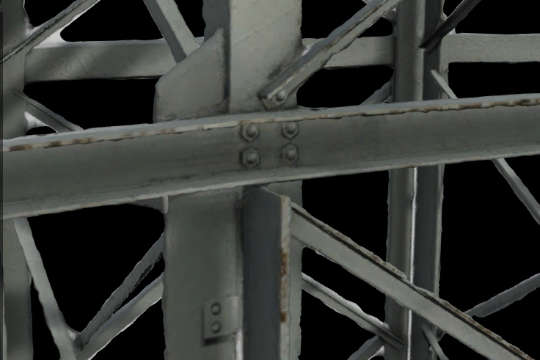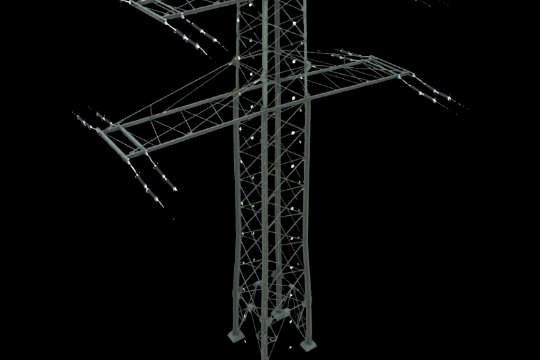APG, the Austrian transmission system operator (TSO), will benefit from artificial intelligence (AI) systems in the future. Particularly with regard to the maintenance and renewal of APG's 12,000 pylons, AI could make the work of overhead line technicians safer and more efficient: for example, when checking if a new protective coating is necessary. "The support provided by AI regarding quality control is a very good example of how digitalization can help to make power supply even more efficient and safer through a well-maintained grid," explains Christoph Schuh, APG company spokesperson.
Drones that perform automated flights make it possible
All of APG’s pylons along the high-voltage transmission lines are inspected at least twice a year. For this purpose, APG has already been using drones for years. "We use drones for purely routine work that serves the purpose of anticipatory maintenance of our line network," says Michael Weixelbraun APG Head of Plant Operations and Maintenance.
If the pylons’ condition is such that they need a new protective coating, it is applied in several layers. To check the quality of the coating on power line pylons, it is still necessary that pylon technicians and maintenance workers climb the pylons despite the use of drones. To do this, the power line must be shut down. By using AI in conjunction with drones, this step could soon be done from the air, far more cost-effectively and in a way that saves resources.
This is how it could work in the future
An AI creates an automated flight path for the pylon inspection by a drone based on digital point cloud data. This would enable us to take up to 2,000 photos of a pylon from different perspectives, which makes it possible to train the AI in the best possible way to check the quality of the paint.
"In addition, this automated pylon inspection flight facilitates the creation of a true-to-life 3D image of a pylon, which our employees can then use for further analysis or training purposes by means of VR goggles," explains Weixelbraun.
Decisive progress in this project is expected by 2024 with the aim to use this technology as standard as soon as possible. "Since no other company has yet managed to successfully implement this particular AI application, transmission system operators from Germany, Belgium and the Netherlands have already expressed their interest in the development," Weixelbraun is pleased to report.
By investing in research and development, APG is active in around 60 innovation projects to find new ways to facilitate the digital, supply-secure, efficient and sustainable electricity world of the future, thus enabling the electrification of society, businesses and industry. "These projects are part of APG's investment program of 3.5 billion euros by 2032 aiming at the expansion and modernization of Austria's electricity infrastructure," adds APG company spokesperson Christoph Schuh.
About Austrian Power Grid (APG)
As independent transmission system operator Austrian Power Grid (APG) is in charge of ensuring the security of electricity supply in Austria. With our high-performance and digital electricity infrastructure and the use of state-of-the-art technologies we integrate renewable energies, we are the platform for the electricity market, and we provide access to reasonably priced electricity for Austria’s consumers and thus create the basis for Austria as supply-secure industrial and business location and place to live. The APG grid totals a length of about 3,400 km and is operated, maintained and continuously adapted to the increasing challenges of the electrification of businesses, industry and society by a team of approximately 733 specialists. Also in 2022 Austria had a security of supply of 99.99 percent and thus ranks among the top countries worldwide. Our investments of 490 million euros in 2023 (2022: 370 million euros) are a motor for the Austrian economy and a crucial factor in reaching Austria’s climate and energy targets. Until 2032 APG will invest a total of approximately 3.5 billion euros in grid expansion and renovation projects, which amounts to approximately 19 percent of the total of 18 billion euros which the energy industry will invest in the grid infrastructure over the next ten years.
Press contact
Christoph Schuh


